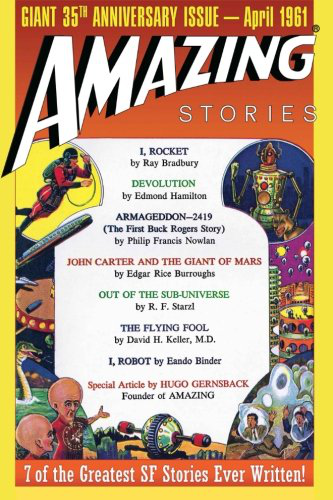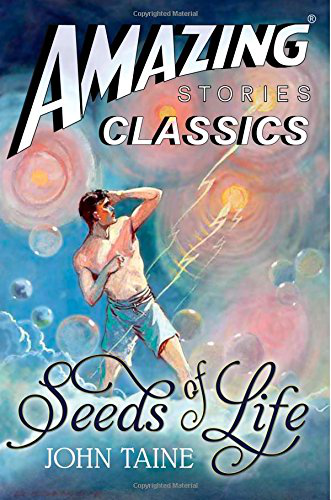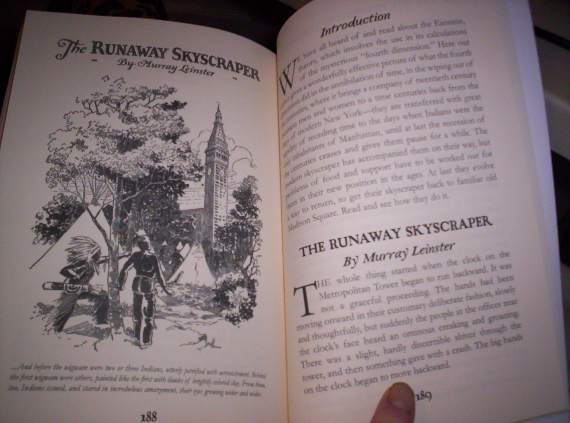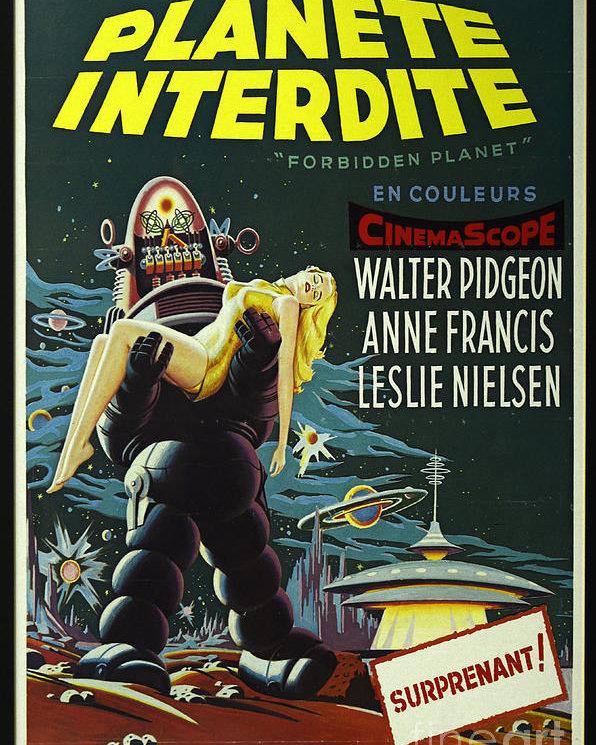 It is apparently an internet thing to remind people on some kind of a regular schedule that you and your company sell STUFF.
It is apparently an internet thing to remind people on some kind of a regular schedule that you and your company sell STUFF.
This post is one of those, but it is more of a soft sell and a personal note than a classic used car sales pitch.
I won’t belabor the point that “money makes the world go round” (no, it doesn’t; gravity does, as inherited from the gravitational collapse of the dust disk that surrounded a young star named Sol. Why our sun has a Jewish first name is a discussion for another time and place….), but it is what it is. Like everyone else, we need cash to pay bills and to help us grow.
I chose, in a moment of strategic hubris, to believe that the Amazing Stories name still had some cache, some gravitas associated with it and further chose to believe that I could translate that into a licensing program for the name. My supposition proved to be correct, as I have successfully licensed the name to two firms and am working on a third.
It is the first of our licensees to whom I would like to draw your attention today: Futures Past Editions. This electronic and print publisher has focused on classics and chose the opportunity presented by Amazing’s resurgence to create a line of books published under the Amazing Stories Classics imprint.
Is it possible to convey with words what it feels like to hold a newly printed book in your hands, one that bears your company’s name right on the cover? I’ll try.
IT IS AWESOME!
It feels like: a parent with a new born baby; a kid opening the perfect, unexpected gift at Christmas; winning the lottery (and not just a free ticket).
 It feels like what Armstrong must have felt when the sole of his boot touched the lunar surface…like what Goddard felt when his first rocket left the pad…like Gagarin did when he survived reentry and landed (not so gently) on the Siberian tundra…like Ackerman and Williamson and Pohl and Asimov felt when they first spied Amazing Stories on the newsstand.
It feels like what Armstrong must have felt when the sole of his boot touched the lunar surface…like what Goddard felt when his first rocket left the pad…like Gagarin did when he survived reentry and landed (not so gently) on the Siberian tundra…like Ackerman and Williamson and Pohl and Asimov felt when they first spied Amazing Stories on the newsstand.
Futures Past Editions has now launched three different initiatives under the Amazing Stories Classics imprint: reprints of whole issues (beginning with the GIANT 35th anniversary issue of the magazine from 1961); annual anthologies collecting the best of the best from Amazing Stories, year by year (The Best of 1926, The Best of 1927) and a line of novel length works beginning with The Seeds of Life by John Taine.
The anthologies are carefully curated to include stories that were ground-breaking for their time, retain relevance today, contributed something significant to the development of our favorite genre, offer insight and commentary on issues that appear in headlines today.
Likewise, the novels chosen for classic reprinting remain fresh, historically significant and contributory to the genre. (Two prior novels were published by FPE on the website – The Voyage That Lasted 600 Years by Don Wilcox introduced us all to the concept of the generation ship and The Fate Of the Poseidonia by Clare Winger Harris was the first work by a woman to appear under her own name in the SF pulps.)
 These facts and adjectives though still do not convey the feel, the look, the smell. Yes, they are all available at reasonable prices in eBook format, but I guess I’m a fuddy-duddy. I like my physical books. I like to hold them, read them, shelve them, flip through them, admire them from a distance, go blind staring at them up close.
These facts and adjectives though still do not convey the feel, the look, the smell. Yes, they are all available at reasonable prices in eBook format, but I guess I’m a fuddy-duddy. I like my physical books. I like to hold them, read them, shelve them, flip through them, admire them from a distance, go blind staring at them up close.
The whole line is being produced in trade paperback format – 6 inches wide by 9 inches long – (almost but not quite pulp magazine format!) and they are, as book artifacts go, quite impressive.
They’re hefty. Solid. Well bound (they’ll last). The formatting is stellar. The font was well chosen and the layout is sterling; you won’t get eye strain trying to read too many words crowded onto a page.
They’re clean and easy on the eye. They even include original illustrations (the ones that accompanied the stories in the magazine).
I’d scan some pages to show you what I’m talking about – but I don’t want to ruin my copy (which has naturally become part of my collection at this point). Instead, I’ve snapped a picture –

They feel great in your hands. The covers are some kind of coated card stock that give them that slick, pulp magazine feel.
Each of these books is a fine example of the art of book-making.
And there are plenty more coming. I urge you to pick one or more of them up – not just because it represents a sale for Amazing Stories (which is a fine and wonderful thing all by itself) but also for you. It’s a chance to get acquainted with some authors you might not be familiar with; a chance to relive the history of the magazine. A chance to read some wonderful but largely forgotten classics. An opportunity to see why some of us still prefer printed books and a chance to see what a really well thought-out and creatively executed bit of publishing can look and feel like.
Amazing Stories (buy here and we get an extra little bump)











Recent Comments